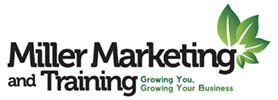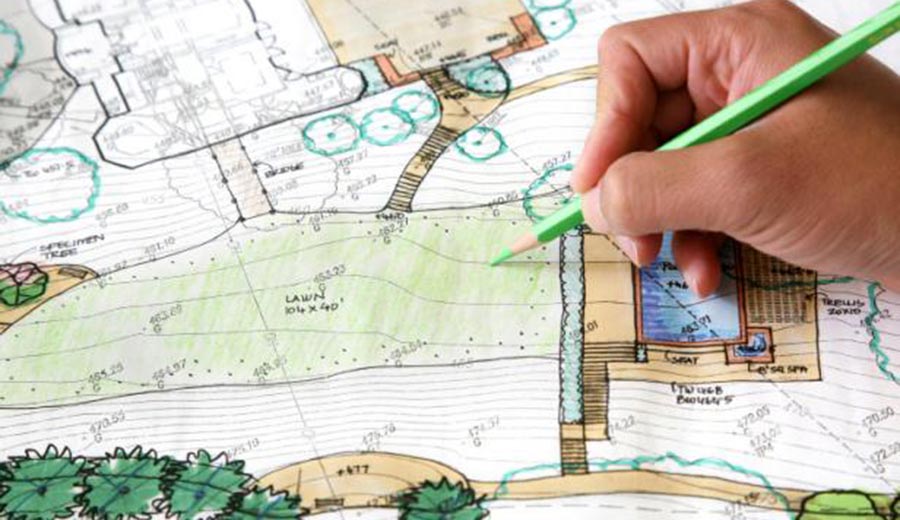Plant Peddler or Interiorscape Consultant?
If you read business publications, you’ll know something is changing in the way salespeople do their jobs. One indication is the proliferation of ads for contact-management software. These programs let you track prospects and customers with limitless information fields – you can keep notes on their buying habits, as well as the names and birthdays of their three children. The standard for professional salespeople in the ‘90s is consultative or relationship selling. It is no longer acceptable to just show up and offer a low price – business people are looking for solutions and partnerships. To succeed in today’s climate, you must make the move from being a plant peddler to an interiorscape consultant.
But how do you make that move? How do you build relationships with your prospects to turn them into customers? And how do you offer solutions rather than just the low-ball price?
These and many other benefits come from learning and using the most important skill of a salesperson. Learning it will rocket you out of the ranks of mediocrity and into the role of respected professional. The skill is asking questions. Developing the ability to ask well-thought-out questions to learn about your prospect and his unique needs will immediately set you apart form your competitors.
Asking questions is so powerful because people buy plants for different reasons, and questioning reveals those unique needs. Here is an example everyone can relate to from the automobile industry.
We all understand people buy cars for different reasons: basic transportation, prestige, dependability, ego, safety, roominess and the list goes on. The reason car sales can sometimes be offensive is because of the “peddlers” who try to push a car on you without thought or concern for your unique needs. I remember walking though an auto dealership looking at the new models, when a salesmen approached me and, without even a greeting, said, “Why don’t cha’ buy it.” He didn’t know I took his question as an insult. He knew nothing about me, my family or my needs and asked me to buy the car I just happened to be standing near.
Before you react with me in frustration – can you remember a recent sales call when you tried to sell plants before knowing anything about your prospect or his needs? Learning how to uncover these is just one benefit of asking questions. Two other benefits are establishing a relationship with a prospect or customer and gathering useful information.
Establishing a Relationship
To move in the direction or relationship selling, begin by getting to know something about your prospect as a person. Initially structure some questions to help you understand your prospect and what he thinks. I know exactly what you’re thinking: “My prospects don’t give me time to ask questions like that; they’re all too busy and just want a price.”
Put yourself in his shoes, and remember he has a job to do just like you and a boss to please. Before your first interview, do some homework and “bring something to the table” that will be of interest or benefit to your client, like a recent newspaper clipping or trade article. It could be about one of his competitors. Even if he’s seen the article or knows the news, it still shows you are interested and, best of all, provides a springboard to meaningful conversation.
Conversation is exactly what you want in the first meeting. You want to know about him as a person, his likes and dislikes, goals and objectives, etc.
You draw this information out by following the two most important rules for “conversational magic”: Asking questions about the other person and being a good listener.
Some great questions for getting to know the prospect as a person are:
- How long have you been in this position?
- How did you get into this line of work? (Everyone always has his own story for this question.)
- What did you do before?
- Where are you from originally? or How long have you lived here?
- What is one of the greatest challenges you have in your job?
After you ask a question, focus your attention on the other person, and really listen to the answer. Show your sincerity with eye contact, head nods and follow-up questions that should you are listening and interested. Don’t be thinking of your next question, or worse, your response to their comment – this type of conversation has been called “dual monologues.”
In Dale Carnegie’s perennial bestseller, How to Win Friends and Influence People, he wrote he was frequently invited to social gatherings because he was though to be such a great conversationalist. Carnegie readily admits this reputation was wholly due to his ability to “ask questions in terms of the other person’s interests and listen with intent,” which has value for us in relationship selling. As I’ve heard it said, “people like to buy from people they like.”
Gathering Useful Information
During the first interview, you also want to ask questions to get the information you need to write an effective proposal. These are more cut-and-dry questions about the account and the prospect’s particular needs, including things like plant locations, container styles or colors and plant preferences.
Follow a plan of action and maybe even use an “Account Evaluation Form” (for a sample, see INTERIORSCAPE March/April 1996 issue) to get all the details. Be more creative than just going down your sheet and checking off each item. No one likes to be interrogated – but they’re happy to share their thoughts and ideas on how to make a project successful.
You can get most of this information on your own just by walking about. But by filling out a formal account evaluation form, you should you’re serious about the prospect’s business and prepared to do your best.
Uncovering Needs as a Consultant
Following the information-gathering stage, your prospect will be more open to answering questions about his particular problem. This is really the meat of the process, where you can uncover issues to focus your proposal. It has been called finding your prospect’s “pain.” Your task as a professional sales consultant is to ask questions that reveal his unique pain.
It’s amazing to watch and listen as your prospect thinks through issues he has probably not discussed with anyone else.
Tom Hopkins, the popular Real Estate Sales Trainer, frequently refers to this as finding the hot button, or what he euphemistically calls the “flowering cherry tree.” Hopkins’ example is that by asking questions, a real estate salesperson discovers his buyers have always wanted a backyard with a flowering cherry tree.
Armed with this kind of information, you can eliminate a lot of the peripheral issues that have no meaning to your prospect.
But most importantly, this information adds power to your presentation, as you zero in on one or two key issues. In other words, you push the hot button frequently. If you don’t invest the time asking questions and uncovering needs, you’re shooting in the dark, and your proposal is reduced to numbers on a page.
The key is to ask out-of-the-ordinary questions that require a little thought. These will help get the wheels rolling:
- What is one or two things you like about your current situation/present contractor?
- If there was one thing you could change about it, what would that be?
- What are some of the most common frustrations associated with your current plant program?
- What specific results would you like to achieve through our services?
- If you could have it your way, what would you change about the interiorscape program?
- If there were absolutely no budget constraints, what would your interiorscape program look like?
You must take these questions and adapt them to your own personal selling style and program. If you have never used questioning as part of your sales presentation, I must warn you, it will feel awkward and contrived at first. That’s how it is with any new skill. It m,ust be used and practiced until you feel proficient.
If you want to make the move to relationship selling, learning this skill is part of the process. When you start to see the results, I’m sure you’ll agree it was well worth the effort. Remember: Telling is not selling – asking questions is.





